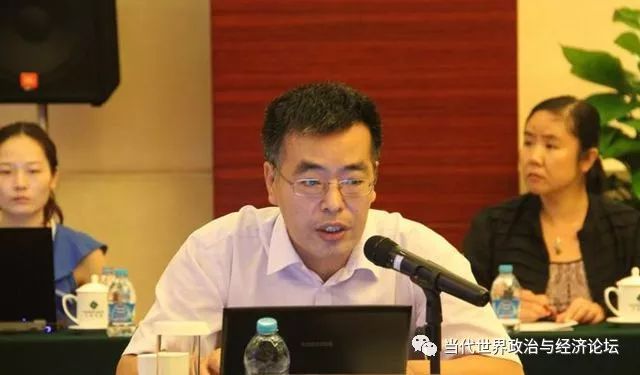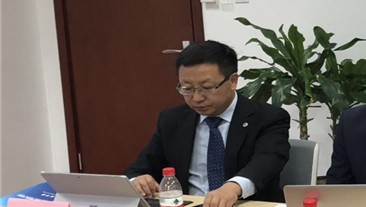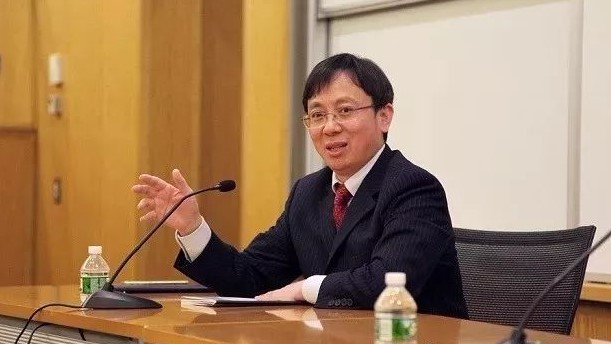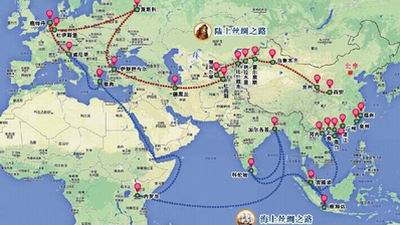The year 2015 represents an important milestone in Sino‑Georgian cooperation under the framework of the Belt and Road Initiative. Things kicked off in March 2015, when the two sides signed a Memorandum of Understanding on Joint Promotion of the Silk Road Economic Belt, as well as a joint declaration on beginning work on feasibility studies for a trade deal, shortly followed by a memorandum of understanding launching negotiations for free trade agreement. In September 2015, when Garibashvili attended the World Economic Forum’s Annual Meeting of the New Champions in Dalian (the so‑called “Summer Davos”), he and Chinese Premier Li Keqiang held talks. While discussing various sectors of Chinese society, he said that Georgia is the country that is most welcoming of Chinese investment, firms, people, and culture in the region, and expressed his view that Georgia will become an outstanding partner for China. In October 2015, he further stated at the Tbilisi Silk Road International Forum that Georgia connects the East with the West, North with the South, adding that it hopes to become the regional center node. In 2015, China and Georgia also signed a bilateral local currency swap agreement, enabling the companies of both countries to conduct business using local currency in order to ease trade and investment.
Admittedly, Georgia’s market has a limited size, thus Sino‑Georgian trade volume is not large. However, China is Georgia’s third largest trading partner and fourth largest wine importer, as well as a major investor in Georgia. So far, we do not have the full data for Chinese investment in Georgia, but we know that from 2007 to 2018, the investment total in Georgia of just one Chinese company, Xinjiang Hualing Corporation, exceeded $600 million.
Xinjiang Hualing Corporation entered Georgia more than a decade ago and today remains the largest foreign firm in Georgia. Its investments in Georgia include timber, mining, real estate development, industrial parks, and international economic zones—to name but a few. In 2012, Hualing successfully purchased Georgia’s Basisbank, taking an important step forward in developing financial ties in Georgia by Chinese private enterprises. Because of good cooperation and business performance, projects where Hualing has had responsibilities have been rated by Georgia as the best.
In January 2018, the Sino‑ Georgian free trade agreement formally went into effect. This trade deal is the first that China signed with another country in the context of the Belt and Road Initiative. Reactions have been positive across the Silk Road region, not just in the South Caucasus. According to this treaty, Georgia will not apply any tariffs to 96.5 percent of Chinese imports, while China will reciprocate by not applying any tariffs to 93.9 percent of Georgian imports. Partly as a result of this good news, when Hualing Corporation’s newly‑completed industrial park begun its process of attracting businesses globally, over 70 businesses expressed interest in the first round of inquiry. Georgia had also signed a comprehensive free trade agreement with the European Union. Therefore, many experts believe that Georgia could indeed become a transit hub between China and the European Union, as long as China and Georgia both work hard towards actualizing this goal.
Sino‑Georgian cooperation is not just limited to trade, but also extends to infrastructure. In 2016, China Railway Bureau Group 23 successfully completed the T8 tunnel along Georgia’s modern railways network. China Tianchen Engineering Corporation also recently completed a 230‑megawatt capacity combined cycle power plant—the largest electricity generation plant in Georgia’s history.






